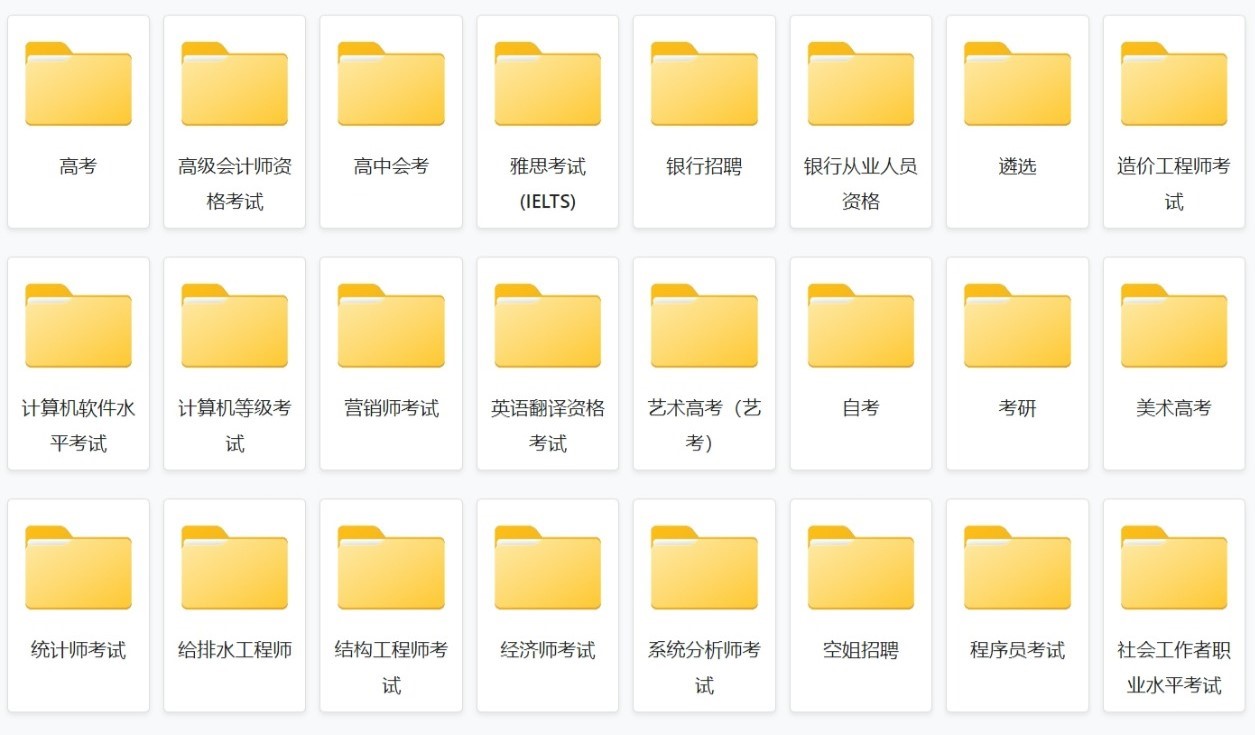当字符串中包含非ASCII字符时,如何将C字符串(char数组)转换为Python字符串?
我已经在C程序中嵌入了Python解释器。假设C程序从文件中读取一些字节到char数组中,并(以某种方式)得知这些字节代表具有特定编码的文本(例如,ISO
8859-1,Windows-1252或UTF-8)。如何将该char数组的内容解码为Python字符串?
Python字符串通常应为类型unicode-例如,0x93在Windows-1252编码的输入中,a变为u'\u0201c'。
我尝试使用PyString_Decode,但是当字符串中包含非ASCII字符时,它总是会失败。这是一个失败的示例:
#include <Python.h>
#include <stdio.h>
int main(int argc, char *argv[])
{
char c_string[] = { (char)0x93, 0 };
PyObject *py_string;
Py_Initialize();
py_string = PyString_Decode(c_string, 1, "windows_1252", "replace");
if (!py_string) {
PyErr_Print();
return 1;
}
return 0;
}
错误消息为UnicodeEncodeError: 'ascii' codec can't encode character u'\u201c' in
position 0: ordinal not in
range(128),表示ascii即使我们windows_1252在调用中指定了编码,也使用了编码PyString_Decode。
以下代码通过使用PyString_FromString创建未解码字节的Python字符串,然后调用其decode方法来解决该问题:
#include <Python.h>
#include <stdio.h>
int main(int argc, char *argv[])
{
char c_string[] = { (char)0x93, 0 };
PyObject *raw, *decoded;
Py_Initialize();
raw = PyString_FromString(c_string);
printf("Undecoded: ");
PyObject_Print(raw, stdout, 0);
printf("\n");
decoded = PyObject_CallMethod(raw, "decode", "s", "windows_1252");
Py_DECREF(raw);
printf("Decoded: ");
PyObject_Print(decoded, stdout, 0);
printf("\n");
return 0;
}
-
PyString_Decode这样做:
PyObject *PyString_Decode(const char *s, Py_ssize_t size, const char *encoding, const char *errors) { PyObject *v, *str; str = PyString_FromStringAndSize(s, size); if (str == NULL) return NULL; v = PyString_AsDecodedString(str, encoding, errors); Py_DECREF(str); return v; }IOW,它基本上完成了第二个示例中的操作-
转换为字符串,然后对该字符串进行解码。这里的问题来自于PyString_AsDecodedString,而不是PyString_AsDecodedObject。PyString_AsDecodedString会执行PyString_AsDecodedObject,但随后尝试将生成的unicode对象转换为具有默认编码的字符串对象(对您来说,看起来像是ASCII)。那就是失败的地方。我相信您需要进行两次调用-但您可以使用PyString_AsDecodedObject而不是调用python的“ decode”方法。就像是:
#include <Python.h> #include <stdio.h> int main(int argc, char *argv[]) { char c_string[] = { (char)0x93, 0 }; PyObject *py_string, *py_unicode; Py_Initialize(); py_string = PyString_FromStringAndSize(c_string, 1); if (!py_string) { PyErr_Print(); return 1; } py_unicode = PyString_AsDecodedObject(py_string, "windows_1252", "replace"); Py_DECREF(py_string); return 0; }我不完全确定PyString_Decode以这种方式工作的原因是什么。python-
dev上的一个很老的线程似乎表明它与链接输出有关,但是由于Python方法没有做同样的事情,所以我不确定这是否仍然有用。

